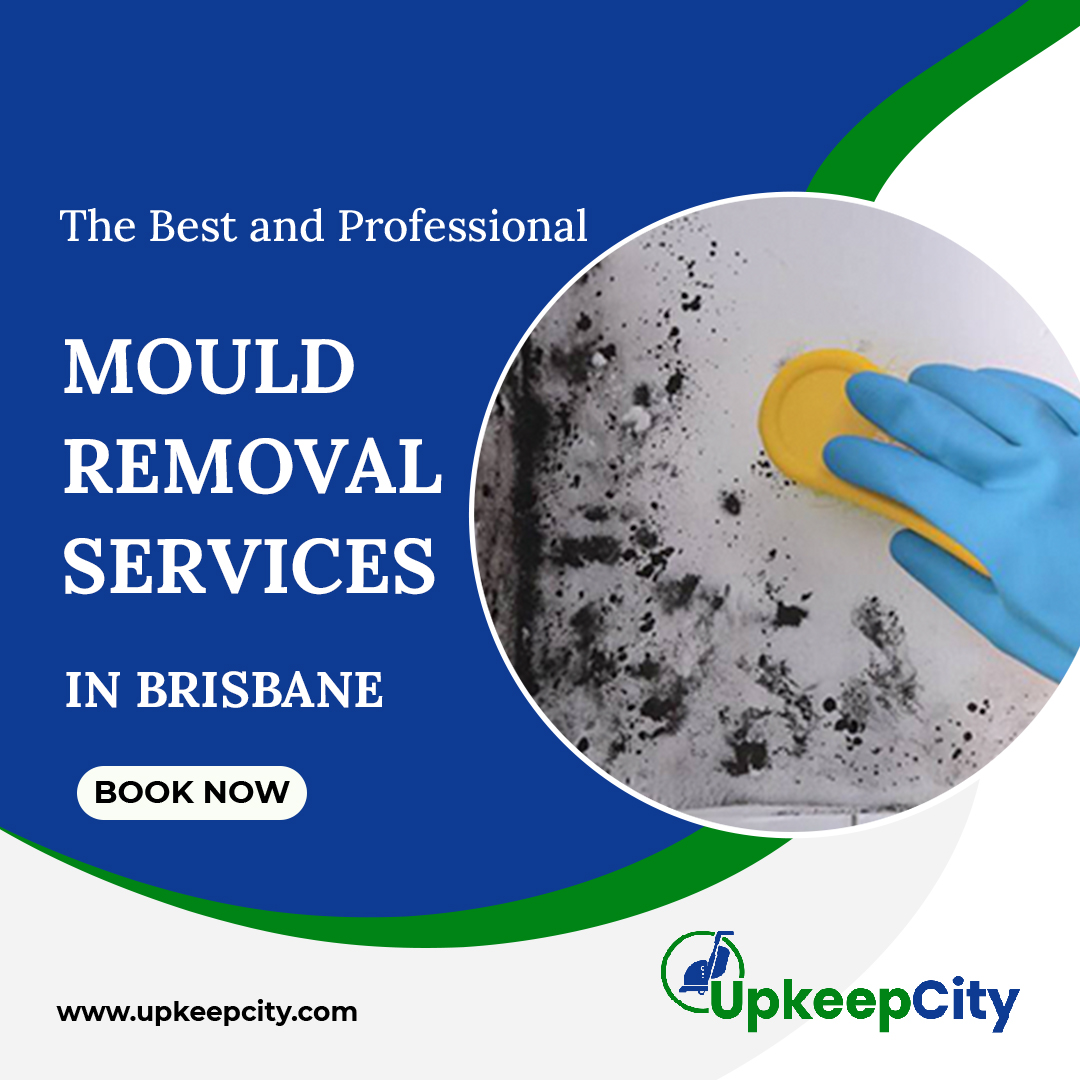
Mould is a common problem in many homes and buildings. It can cause a variety of health issues, as well as damage to walls, ceilings, and other surfaces. Understanding the causes of mould can help you prevent it from growing in your home or workplace.
Mould is a type of fungus that grows in moist environments. It thrives on organic materials such as wood, paper, fabric, and drywall. Mould spores are present in the air we breathe and can grow and multiply quickly under the right conditions
The following are some of the leading causes of mould growth:
Mould is a common problem that can cause various health issues and damage homes and buildings. By understanding the causes of mold growth, you can take steps to prevent it from occurring in your home or workplace. Keeping your home clean, dry, and well-ventilated can help minimize mould growth risk. If you discover mold in your home, buildings, workplace or anywhere near Brisbane immediately contact a Professional mould removal company like Upkeepcity it’s crucial to prevent it from spreading and causing further damage immediately.
Call Us to Get a Quote
For Any Mould Removal Services in Brisbane!

The team of Upkeepcity gives an array of Mould Removal Services underneath a single roof. Some of our major service locations for Mould Removal are:
Call Us to Get a Quote
For Any Mould Removal Services in Brisbane!!